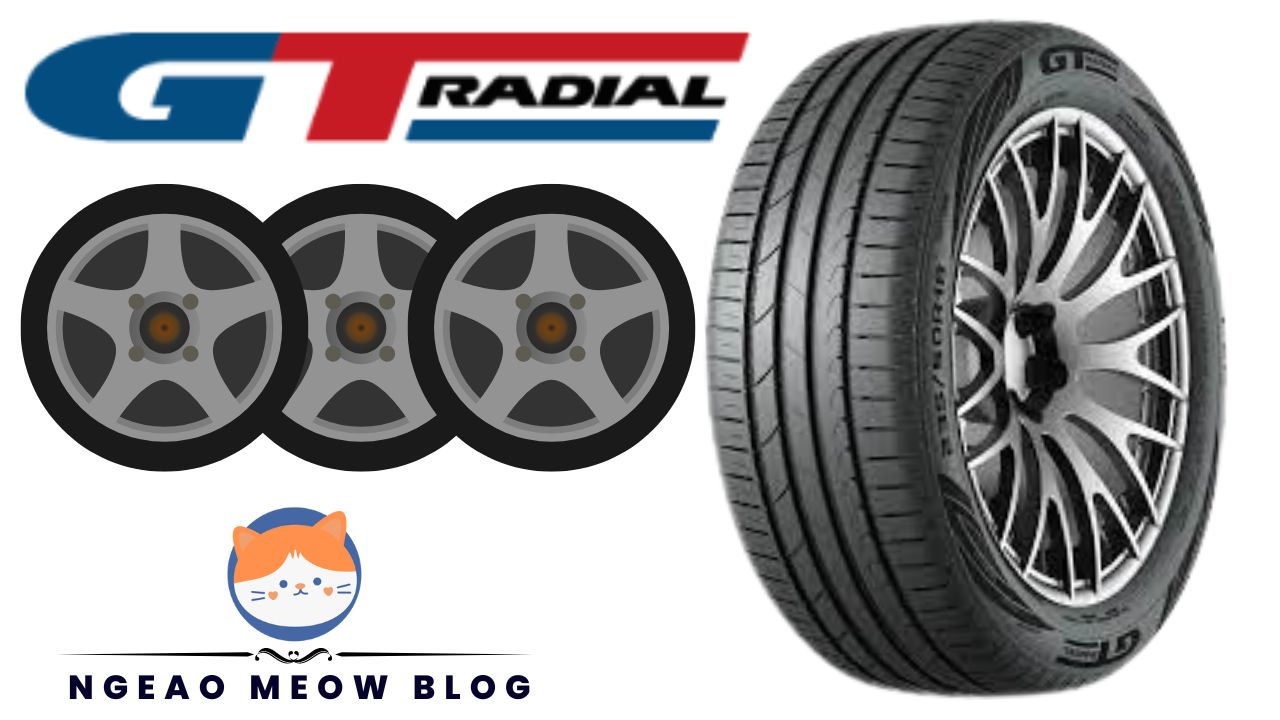
When it comes to driving, we often take our car tires for granted. We rely on them to provide traction, stability, and a smooth ride, but have you ever wondered about the science behind these round rubber marvels?

In this blog post, we will delve into the fascinating world of car tires, specifically the GT Radial Tires, and explore the science that keeps us rolling.
#1: The Importance of Proper Inflation
One of the critical aspects of GT Radial’s tire maintenance is ensuring proper inflation. Underinflated or overinflated tires can have severe consequences for your vehicle’s performance and safety. The correct inflation pressure is determined by the vehicle manufacturer and can usually be found in the owner’s manual or on a sticker inside the driver’s door. Maintaining the right pressure helps optimize fuel efficiency, extend tire life, and ensure proper handling and braking.
#2: The Structure of a Tire
The top-brand tires in the Philippines are made up of several components, each designed to serve a specific purpose. The outermost layer called the tread, provides traction and grips the road surface. Beneath the tread lie the steel belts, which add strength and stability to the tire. On the other hand, the sidewalls help the tire maintain its shape and protect it from damage. Finally, the innermost layer, known as the inner liner, keeps the air inside the tire and prevents it from escaping.
#3: Tread Patterns and Performance
The tread pattern on a tire plays a crucial role in its performance characteristics. Different patterns are designed to excel in specific conditions. For example, Champiro tires with deep grooves and aggressive tread patterns perform well on off-road terrain, providing enhanced traction. On the other hand, tires with shallower tread and more solid center sections are ideal for highway driving, offering reduced noise and improved fuel efficiency.
#4: The Role of Tire Pressure Monitoring Systems (TPMS)
The best tires in the Philippines are equipped with Tire Pressure Monitoring Systems (TPMS) that alert drivers when their tires are significantly underinflated. TPMS helps prevent accidents caused by tire blowouts or loss of control due to low tire pressure. It’s important to heed these warnings and promptly address any pressure issues to maintain optimal tire performance.
#5: The Impact of Temperature on Tire Pressure
Did you know that tire pressure changes with temperature? As the temperature drops, tire pressure decreases, and as it rises, tire pressure increases. This phenomenon occurs because air molecules contract in colder temperatures and expand in warmer temperatures. Therefore, it’s crucial to regularly check and adjust tire pressure, especially during extreme weather conditions.
The Science Behind the Top-Brand Tires
Understanding the science behind top-brand tires can help us appreciate the vital role they play in our daily lives. Proper inflation, tire structure, tread patterns, and the influence of temperature all contribute to tire performance and safety. By using GT Radial Tires, we can ensure a smoother and safer driving experience. So, inflate your knowledge and keep those wheels rolling!

